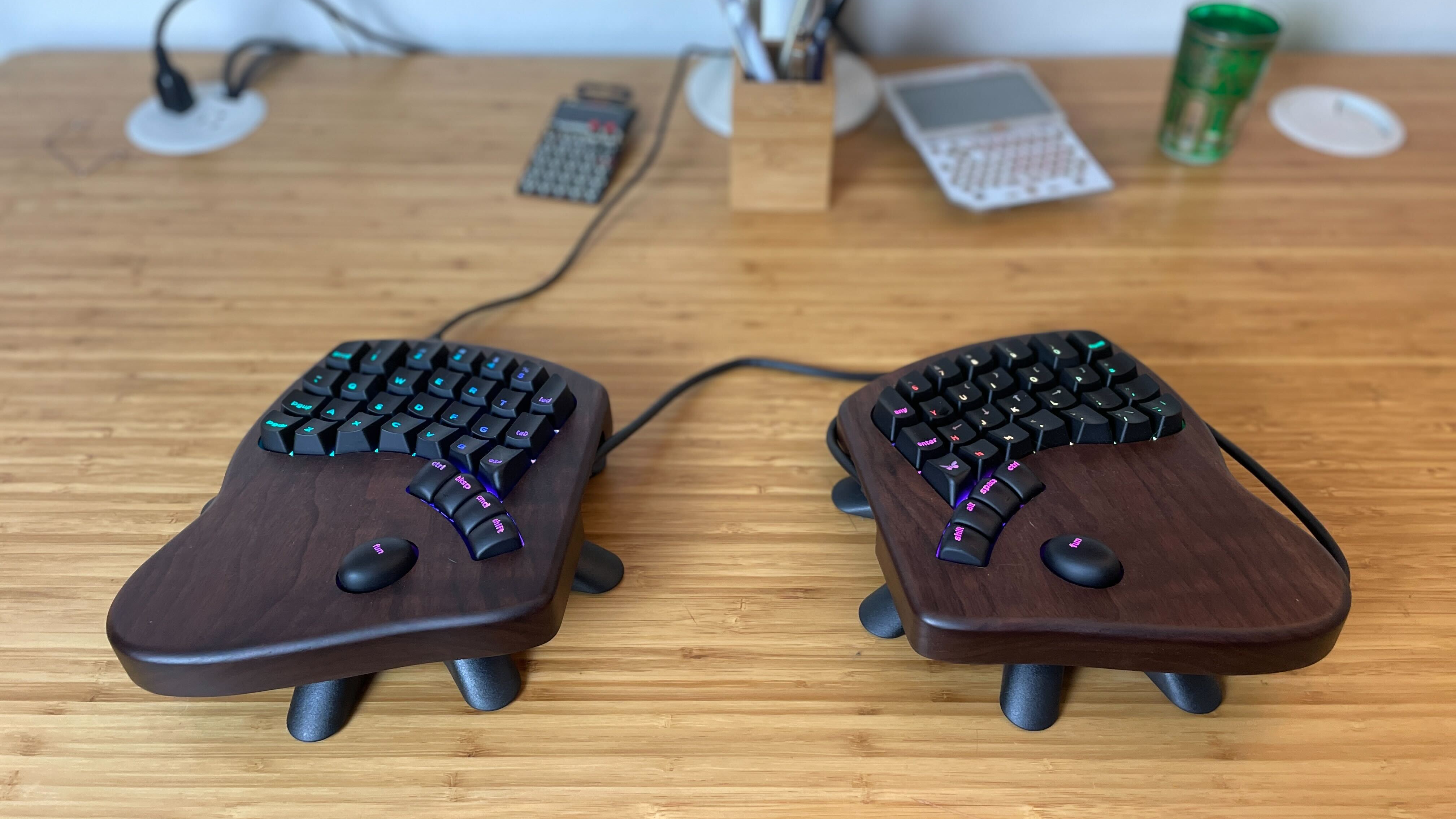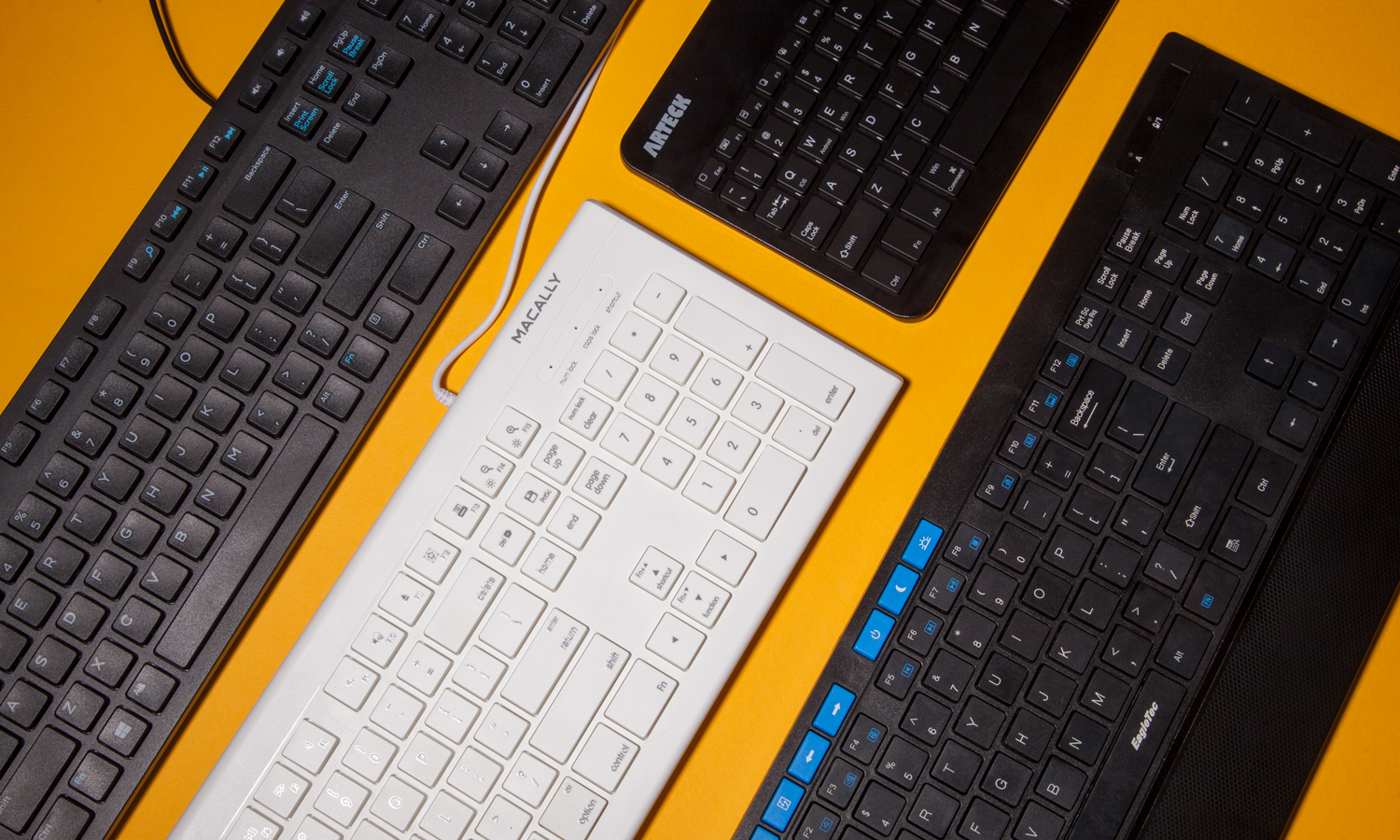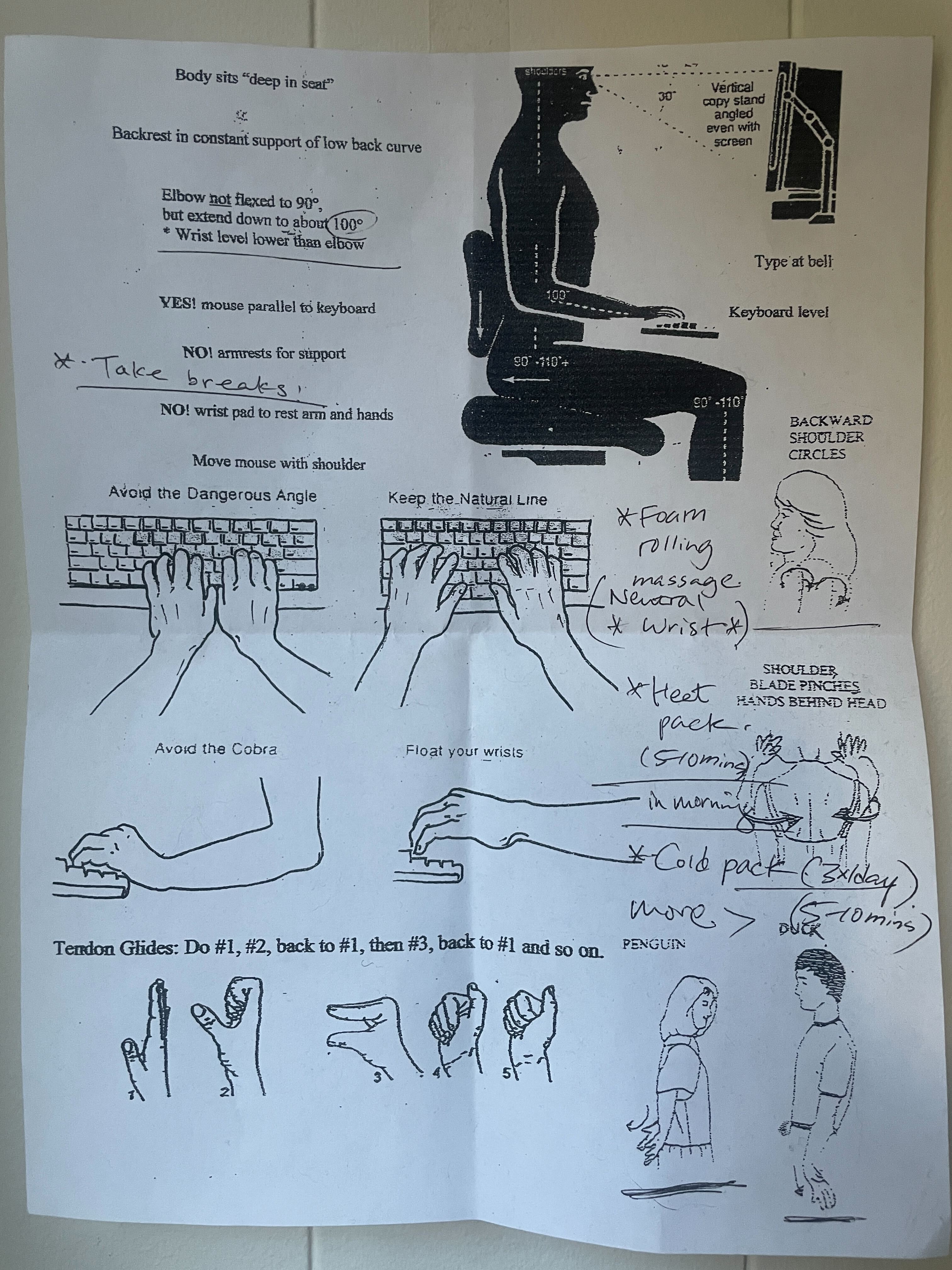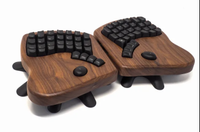This keyboard has transformed how I work — and it’s $40 off right now
This split mechanical keyboard may save my writing career

What does a great keyboard look like?
I think most of us picture a rectangular slab of plastic studded with keys. Maybe those keys are mechanical, maybe they're illuminated with RGB LEDs. But ultimately, most of us who use computers for a living bang away all day on keyboards that look basically identical, design-wise.
And for a long time, so did I. In the 8th grade I learned to type on a typewriter (it was the mid-'90s, but our school either couldn't or wouldn't pay for PCs) and in the decades since I've made my living typing out stories on a variety of boards. I've happily gamboled through the field of enthusiast keyboards, plucking ones here and there to try for a few years before inevitably swapping it out for something better. Each had its own strengths and shortcomings, but they all shared one thing in common: the same flat, rectangular design.

For a long time I thought this was the Platonic ideal of a keyboard. I was wrong.
The ol' California split
In 2019 I was tentatively diagnosed with RSI and carpal tunnel in both hands and wrists. My limited understanding of these health issues is that they're not as well-studied and understood as many health problems because humans have only recently (in the grand scale) started typing daily for long hours, so there's still a lot of confusing information out there about what causes these injuries and how best to treat them.
But I'm no expert, so I'll just tell you what it felt like: At some point in my mid-30s I started waking up in the morning and noticing the soreness in my hands from a previous day's work was still there. I had to keep working and it kept getting worse, even though I tried to take more breaks, type less, and upgrade my work setup with a motorized standing desk, monitor arms, an ergonomic keyboard and more.
Eventually I had to quit my job and spend six months resting and rehabilitating my hands with physical therapy (thank goodness for a generous severance package) before I could consider returning to work. That time off helped a ton, but as soon as I started here at Tom's Guide the ol' aches and pains came roaring back. I knew I had to do more to improve my working arrangements if I had any hope of continuing to write for a living.
I was getting desperate. I started buying anything that someone claimed could help, from finger strengtheners to foam rollers for your wrists. Everything at least seemed to help at least a little bit (this $45 laptop stand was a huge upgrade and help), but it wasn't until I took a deep dive into the world of ergonomic keyboards that I found something which really revolutionized how I work.
See, one of the things a physical therapist told me was that rectangular keyboards tend to force our hands and wrists into unnatural angles for long periods of time. I didn't notice this until she pointed it out, but it's true: Look down at your hands while typing on a traditional keyboard; if you're like me, you'll notice your wrists are parallel and close together over the keyboard with your hands over the home row. The problem, as it was explained to me, is that this can cause your wrists to bend outwards at an unnatural angle for long periods of time, potentially impinging on the nerves that run through them.
My PT encouraged me to stay vigilant against this awkward position (she called it "the Cobra") and try always to maintain a more natural posture, one in which the arms come in at straight angles from your sides and maintain straight lines all the way from elbow to fingertips. This is hard to do on a traditional rectangular keyboard because the flat rows of keys force your hands into a more parallel position with a stronger bend in the wrists. It was time for me to plunge into the world of split keyboards.

If you're not familiar, a split keyboard is exactly what it sounds like: A keyboard split into two halves, so you can move them closer or farther apart to suit your comfort. I knew I needed to give it a shot, but I didn't have the time or the money to waste on trying a bunch of different models out. I needed something that met all my needs: A split keyboard that was also ergonomic, with mechanical switches and replaceable keycaps. I love the feel of mechanical keyboards, and I wanted something I could try with different keyboard layouts in case I wanted to try and switch to a layout other than QWERTY (you can find loads of folks on the Internet extolling the virtues of alternate layouts like COLEMAK and DVORAK, though I'm not [yet] one of them).
I've reviewed a fair number of keyboards in my time, and this is the best I've ever used, hands down (but really you want them to be floating)."
I was looking for a keyboard with a very specific set of features, and I finally found it late last year. The company who designed it is right here in Oakland, it turns out, though the boards themselves are built overseas.
I'm talking about the Keyboardio Model 100, a $349 ergonomic mechanical keyboard that's more customizable than anything else I could find. It's beautiful too, with a luscious walnut enclosure and pleasant RGB lighting.
Keyboardio Model 100: was $349, now $309
The Keyboardio Model 100 is a split ergonomic mechanical keyboard with hot-swappable switches and customizable keys w/ per-key RGB lighting. At $350 it's a pretty expensive keyboard, but the design quality and comfort are top-notch. Plus, you can get one right now at a small discount.
I understand if you balked a bit at that price — I did too. But I had to know, and after funding my Model 100 last year (Keyboardio sold them via Indiegogo, and continues to do so) and waiting patiently for it to arrive, I'm pleased to report it's absolutely worth the money. The quality of the build is top-notch, the keys feel great under my fingers, and the walnut enclosure is a nice change of pace from the usual hard black plastic.
It's also on sale right now for a limited time, as Keyboardio has knocked roughly $40 off the price to bring it down to a (slightly) more reasonable $309. I know it's not the biggest discount, and it might even get a bit better as the Black Friday deals start raining down this week, but it's still a nice savings off this expensive (but worthwhile) board.
This keyboard may have saved my writing career
More importantly, switching to a split ergonomic keyboard has had a meaningful impact on my writing career. I instantly feel better when I nestle my hands into the sculpted keyboard on either half of the Model 100. It's hard to see from the pictures, but the keyboard isn't just adjustable so you can angle it however you please (which is key for getting each half aligned with the natural angle of your arm and wrist); it also has an ergonomic design that makes it easier to "float" my wrists over the desk and gently lay my hands right where they belong.
This was another key recommendation my PT gave me: Don't use a wrist rest while typing, and don't rest your wrists on the desk or anything else because the pressure can impinge on the carpal tunnel (the small area on your inside wrist where nerves run from your hand up into your arm). Some folks may have no trouble with resting their wrists, but as soon as I received this advice I started paying attention and immediately noticed I tend to unconsciously lean on my wrists while typing.
As soon as I stopped I noticed an improvement, but it's hard to remember to float my hands over my old ergonomic keyboard since it's so low-profile that just using it leaves my wrists resting on the desk. The Model 100 has a pair of adjustable stands you can attach to the bottom of the keyboard to customize the height and angle of each side, and that elevation alone has been hugely helpful in keeping my wrists high and loose.
I can't say it's been an easy transition, and I'm typing a lot slower and making a lot more errors as I adjust to the different design and key layout of my Model 100, which has QWERTY keycaps but relocates some clutch keys like shift, space, and backspace. I also miss having a dedicated numpad and arrow keys (though you can access them as a function of the H, J, K and L keys), especially when playing games that require them.

But I can already start to feel a difference in my hands and wrists while I'm typing, and that alone is worth more than the $350 asking price. If this keyboard saves my writing career and allows me to keep working pain-free for the foreseeable future, I'd happily buy a few more just to give to friends and family. They're excellent keyboards on a software level, too: Keyboardio offers an easy-to-use tool for configuring the keys to do whatever you want them to do, and the firmware is open-source so the truly hardcore can peek inside and see how it works. It works with Windows, macOS and Linux too, so you should be able to swap your Model 100 between any PC you own with zero issues.
I've reviewed a fair number of keyboards in my time, and this is the best I've ever used, hands down (but really you want them to be floating). Hell, it's probably the best thing I bought all year.
If you're in the market for a comfy split ergonomic keyboard, you could do a lot worse than this one-of-a-kind design. You may want to move quickly, though — we don't know how long the discounted price will last.
Sign up to get the BEST of Tom's Guide direct to your inbox.
Get instant access to breaking news, the hottest reviews, great deals and helpful tips.

Alex Wawro is a lifelong tech and games enthusiast with more than a decade of experience covering both for outlets like Game Developer, Black Hat, and PC World magazine. A lifelong PC builder, he currently serves as a senior editor at Tom's Guide covering all things computing, from laptops and desktops to keyboards and mice.

